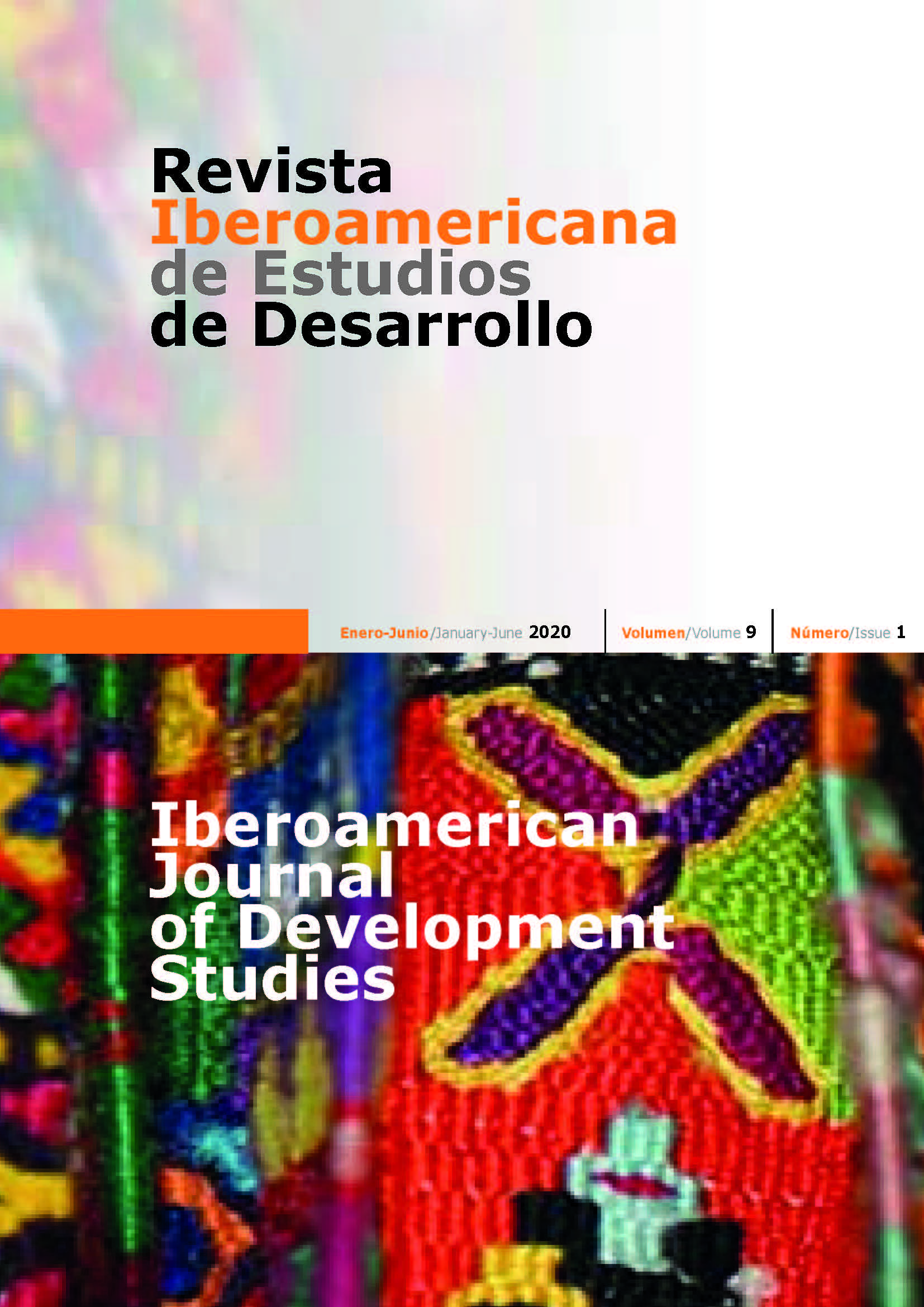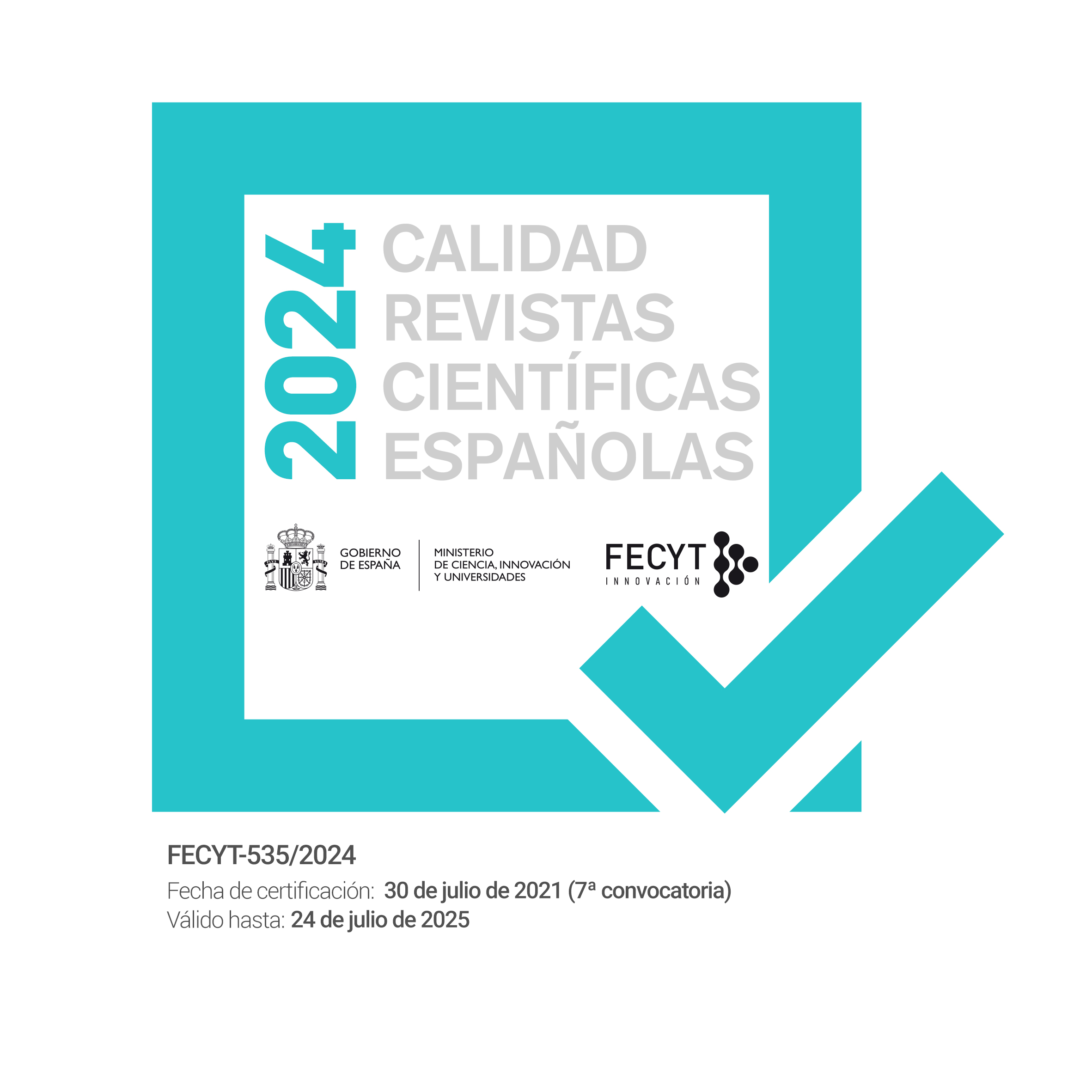Civil society and the 2030 Agenda. An assessment of the implementation of SDG-actions in the Metropolitan District of Quito
DOI:
https://doi.org/10.26754/ojs_ried/ijds.431Keywords:
SDGs, policy implementation, policy effectiveness, civil society, QuitoAbstract
Coordination between multiple centers for decision-making and types of actors, across scales and sectors, is critical to improving the effectiveness of the implementation of Agenda 2030 and the Sustainable Development Goals (SDGs). This challenge is particularly crucial for metropolitan arrangements in developing countries where State capacity is weak, and people often lack resources to act upon the problems they face. In the Metropolitan District of Quito, various centers of decision- making implement actions to address policy problems through coordination with third sector organizations. In principle, coordination should lead to better policy implementation; however, we know very little about how this system behaves and of its outcomes. In this article, we analyze three issues: first, we look at the distribution of SDG-actions implemented by the system’s actors; second, we study the participation of different types of civil society organizations in the implementation of these actions; finally, we explore the association of civil society involvement and the effectiveness of policy implementation.
Downloads
References
ANDERSSON KP, OSTROM E (2008). Analyzing decentralized resource regimes from a polycentric perspective. Policy Sciences 41(1):71-93. http://doi.org/10.1007/s11077-007-9055-6, accessed February 28, 2019.
BERARDO R, LUBELL M (2016). Understanding What Shapes a Polycentric Governance System. Public Administration Review 76(5):738-751. http://doi.org/10.1111/puar.12532 , accessed February 28, 2019.
BOGASON P, TOONEN TAJ (1998). Introduction: networks in public administration. Public Administration 76:205-227.
BRASS JN (2012). Why Do NGOs Go Where They Go? Evidence from Kenya. World Development 40(2):387-401. http://doi.org/10.1016/j.worlddev.2011.07.017 , accessed February 28, 2019.
BRINKERHOFF DW (1999). State-civil society networks for policy implementation in developing countries. Policy Studies Review 16(1):123-147.
CÓRDOVA M (2010). Quito: Gobernanza Metropolitana e Innovación territorial en el nuevo milenio, April 13th.
DUPUY K, RON J, PRAKASH A (2016). Hands Off My Regime! Government’s Restrictions on Foreign Aid to Non-Governmental Organizations in Poor and Middle-Income Countries. World Development 84(C):299-311. http://doi.org/10.1016/j.worlddev.2016.02.001 , accessed February 28, 2019.
FRUTTERO A, GAURI V (2005). The Strategic Choices of NGOs: Location Decisions in Rural Bangladesh. Journal of Development Studies 41(5):759-787. http://doi.org/10.1080/00220380500145289 , accessed February 28, 2019.
GALWAY LP, CORBETT KK, ZENG L (2012). Where are the NGOs and why? The distribution of health and development NGOs in Bolivia. Globalization and Health 8(1):38. http://doi.org/10.1186/1744-8603-8-38 , accessed February 28, 2019.
HEGE E, DEMAILLY D (2018). NGO mobilisation around the SDGs. Studies (01), 18 pp.
HEIKKILA T, VILLAMAYOR-TOMAS S, GARRICK D (2018). Bringing polycentric systems into focus for environmental governance. Environmental Policy and Governance 28(4):207-211. http://doi.org/10.1002/eet.1809 , accessed February 28, 2019.
HEMMET J (2004). Sector: Civil Society, International Aid, and NGOs in Russia. Anthropological Quarterly 77(2):215-241.
KOOIMAN J (ed.) (1994). Modern Governance. SAGE Publications, London, pp. 1-289.
LU J (2017). Does Population Heterogeneity Really Matter to Nonprofit Sector Size? Revisiting Weisbrod’s Demand Heterogeneity Hypothesis. VOLUNTAS: International Journal of Voluntary and Nonprofit Organizations: 1-27. http://doi.org/10.1007/s11266-017-9915-4, accessed February 28, 2019.
LU J, XU C (2018). Complementary or Supplementary? The Relationship Between Government Size and Nonprofit Sector Size. VOLUNTAS: International Journal of Voluntary and Nonprofit Organizations: 1-16. http://doi.org/10.1007/s11266-018-9981-2 , accessed February 28, 2019.
O’TOOLE, LJ (2000). Research on Policy Implementation: Assessment and Prospects. Journal of Public Administration Research and Theory 10(2):263-288.
SACHS JD (2012). From Millennium Development Goals to Sustainable Development Goals. The Lancet 379(9832):2206-2211. http://doi.org/10.1016/S0140-6736(12)60685-0, accessed February 28, 2019.
SALAMON LM (1987). Of market failure, voluntary failure, and third-party government: Toward a theory of government-nonprofit relations in the modern welfare state. Journal of voluntary action research 16(1-2):29-49.
SALAMON LM (1994). The Rise of the Nonprofit Sector. Foreign Affairs 73(4):109-122. http://doi.org/10.2307/20046747, accessed February 28, 2019.
SALAMON LM, ANHEIER HK (1992). In search of the non-profit sector. I: The question of definitions. VOLUNTAS: International Journal of Voluntary and Nonprofit Organizations, 3(2):125-151.
SUBIRATS J (2017). Dilemmas: Multilevel Government, Network Governance, and Policy Co-production. In: Gómez-Álvarez D, Rajack R, López-Moreno E, Lanfranchi G (eds.). Steering the Metropolis. Interamerican Development Bank, Washington, pp. 86-97.
TOONEN, TAJ (1998). Networks, management and institutions: public administration as «normal science». Public Administration 76:229–252.
VAN PUYVELDE S, BROWN WA (2015). Determinants of Nonprofit Sector Density: A Stakeholder Approach. VOLUNTAS: International Journal of Voluntary and Nonprofit Organizations: 1-19. http://doi.org/10.1007/s11266-015-9656-1, accessed February 28, 2019.
WEISBROD BA (1986). Toward a Theory of the Voluntary Nonprofit Sector in a Three-Sector Economy. In: Rose-Ackerman S (ed.). The Economics of Nonprofit Institutions. Oxford University Press, New York.
WHITE MJ (1986). Segregation and diversity measures in population distribution. Population Index: 198-221.
Downloads
Published
How to Cite
Issue
Section
License
Copyright (c) 2023 Paul Cisneros, Pablo Cabrera-Barona, Víctor López

This work is licensed under a Creative Commons Attribution-NonCommercial-NoDerivatives 4.0 International License.








